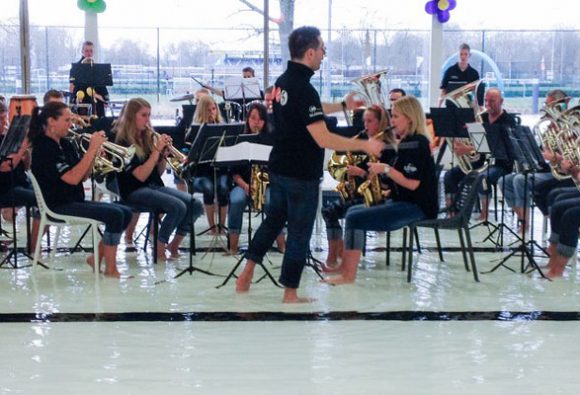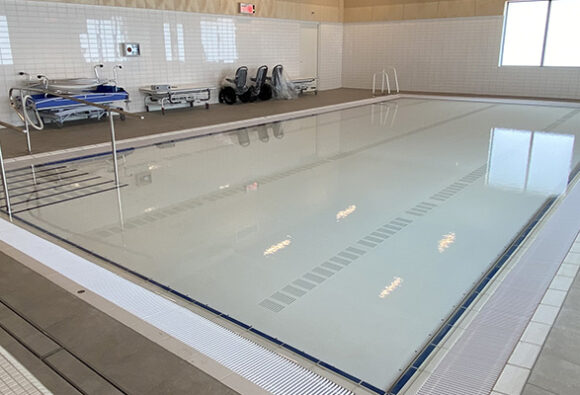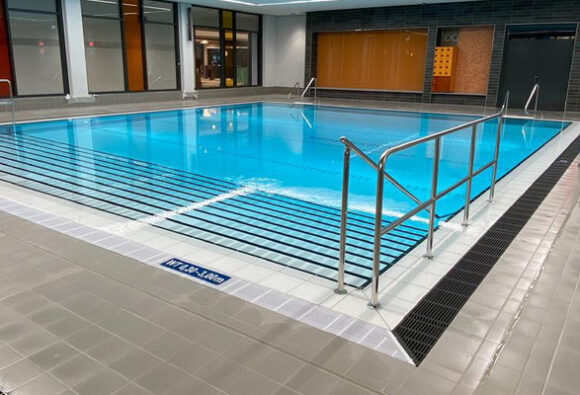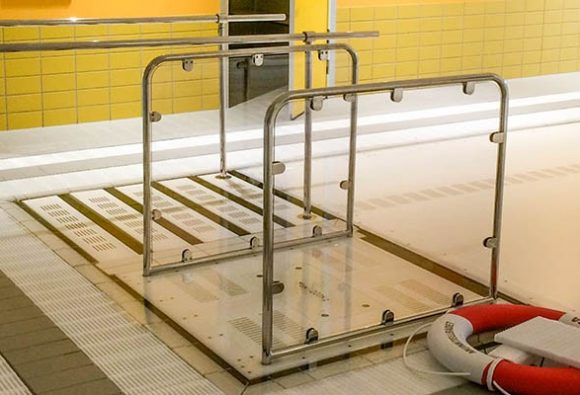Unlocking the benefits of Hydrotherapy with a movable swimming pool floor
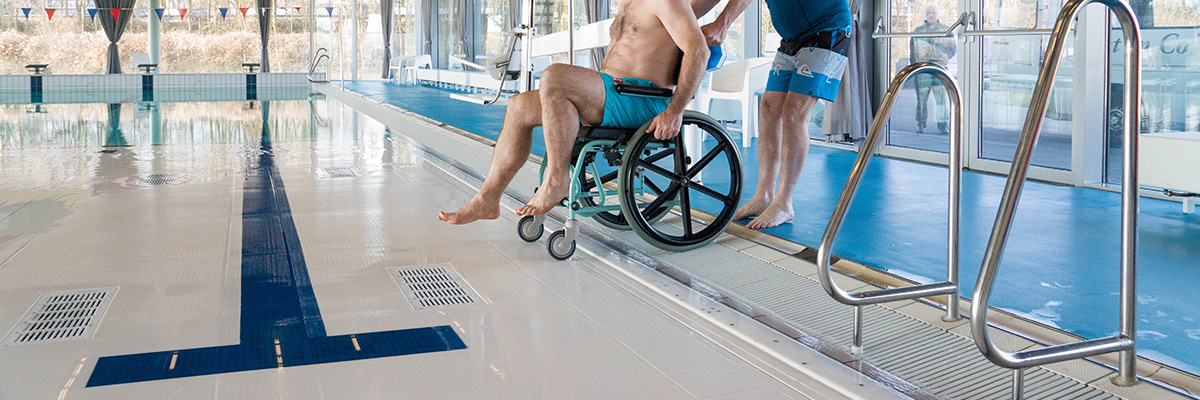
Hydrotherapy, a recognized therapeutic technique within the medical community, has garnered widespread acclaim for its effectiveness. Variopool, a specialist in movable pool floors, is well-versed in the application of hydrotherapy and aquatic rehabilitation. The integration of movable floors and bulkheads in therapy pools is essential for achieving optimal results. This article delves into the myriad advantages of utilizing therapy pools equipped with adjustable swimming pool floors, showcasing their impact on both patients and therapists. Hydrotherapy, a form of physiotherapy performed in the aquatic environment, serves as a crucial intervention for patients unable to endure significant physical stress. Submerging in water significantly eases movement and therapy for patients, offering a multitude of advantages for both patients and therapists, which we will explore in detail.
While Variopool does not employ therapists, we collaborate with accomplished professionals in the field of hydrotherapy. Our joint efforts include organizing workshops to introduce users of our movable floors to various techniques, such as the Bad Ragaz ring method, Halliwick method, Watsu method, Gait training, and conventional water therapy. This aligns with our philosophy of creating an optimal swimming pool environment. In this article, we elucidate the substantial benefits of a therapy pool equipped with a movable floor.
Exercising in water has gained traction as an effective means to build endurance. The aquatic setting allows for the engagement of large muscle groups while minimizing localized strain and preventing overloading of the oxygen transport system. Muscles are activated without excessive strain, and the floor’s adjustability enables precise pressure control based on the chosen method or the therapist’s preferences.
A movable floor for Hydrotherapy is easy to operate
One notable advantage is the ease of use. Operating the movable floor requires no specialized technical knowledge, as it is managed through a user-friendly touch panel located on the pool wall. The therapy pool accommodates various target groups, with the added advantage of efficient temperature control. The water temperature can be tailored to the intensity of movement, ranging from 28 to 34 degrees. Hydrotherapy aims to enhance the load-bearing capacity of different tissues, impacting daily functioning, societal participation, satisfaction, and overall well-being. It is particularly beneficial for individuals facing mobility challenges due to physical limitations or acute and chronic discomfort.
The adjustable swimming pool floor can be customized to suit the rehabilitation process of patients or athletes, offering optimal adaptability to individual needs and expediting recovery.
Every therapeutic approach requires a specific water depth within the therapy pool. For instance, shoulder-deep water, approximately 140 to 160 cm, is suitable for sinking into the water, while hydrotherapy generally utilizes depths of 100 to 130 cm, aqua jogging prefers 180 cm, and swimming exercises vary between 50 and 180 cm. Adjusting these depths is a straightforward and swift process.
Additionally, the therapy pool’s floor can be inclined or modified with steps to create varying depths, providing added versatility. The floor can be adjusted to match the pool’s edge height, facilitating easy access for patients and reducing stress for therapists during aquatic sessions. Patients with mobility challenges can benefit from a platform-level floor, allowing them to independently access the water. The versatility of hydrotherapy extends to orthopedics, rheumatology, sports rehabilitation, neurology, pediatrics, and cardiac and pulmonary rehabilitation.
Easy access into the pool
Extensions for the adjustable floor include options like a moving access staircase, a disabled platform, or a ramp to enable independent entry for rehabilitation patients. Variopool offers tailor-made solutions based on years of expertise. Furthermore, the installation of underwater treadmills is possible, optimizing training efficiency by eliminating the need for patients to turn around at the pool’s end. The underwater treadmill seamlessly integrates with the floor’s design.
The efficacy of hydrotherapy, known as aquatic physical therapy in contemporary terminology, is widely acknowledged in the medical field. Variability in water depth plays a pivotal role in building training load. Therefore, the installation of movable floors in therapy pools is indispensable and can be complemented with underwater treadmills, proven effective in numerous studies.
